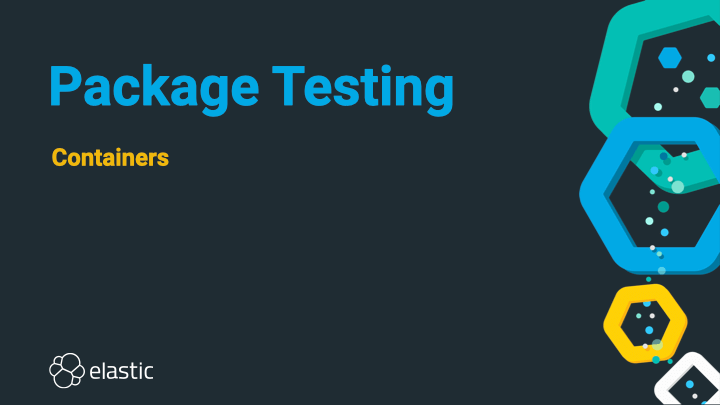
Ansible latest version rpm package download - opinion
Ansible yum Module Tutorial + Examples
What does the Ansible module do?
Ansible’s module is used to manage packages with the package manager, which is the default on Red Hat based Linux distributions such as Red Hat Enterprise Linux and CentOS. Most systems require root/superuser permissions to manage packages, which means that is required.
I recommend always using the parameter when installing or updating packages, which forces to check if the package cache is out of date and it update it if needed.
If you need to manage repositories, use the module.
If you need to manage packages on Debian-based distributions like Debian or Ubuntu, use the module instead.
Ansible Module Video Tutorial
If you prefer watching to reading, here’s a full video tutorial from the TopTechSkills YouTube channel covering a many of the points and examples from this article. Feel free to comment on this article or the video if you have any questions.
▶️ Watch on YouTube
When to use the module vs module
The module manages packages using the package manager, which is only available on Red Hat Enterprise Linux and CentOS. Debian based Linux distributions such as Debian and Ubuntu use the package manager, so you should use the module for those distros.
When to use the module vs module
The module manages packages using whichever package manager is present on the remote host, such as , or . This appears to be the most convenient way to manage packages, but I advise you to avoid using the module in any situation.
The biggest reason to avoid it is because the same package may have different names on different distros.
For example: the server package for the popular in-memory database Redis is called on Debian based distros and on Red Hat based distros.
Unless you (and everyone on your team) is intimately familiar with the naming differences for packages across all distributions, using drastically increases the chance of an error due to package naming. I highly recommend you manage packages using the module specific to the remote host.
The most common pattern for creating roles that can be run across all distributions is to run tasks conditionally based on the variable:
Examples
How to install a package with the module
Set the parameter to the package you wish to install and to install a package. If the package is already installed on the remote host (with any version), Ansible will do nothing. If you need a specific version of a package, or to ensure the latest version of a package is installed, please see the following sections.
How to install a specific version of a package with the module
Add the version and release information to the parameter to install a specific version of a package, assuming the specific version is available on the system. You can see which versions are available by using the parameter of the module (see following sections) or by running on the host.
The format of the version string is .
How to install multiple packages with the module
The best way to install multiple packages is by passing the list to the parameter. This method is preferred over using because will install each package individually, which is very inefficient compared to passing all packages in .
How to remove a package with the module
Set to remove a package. I suggest also setting to remove any dependencies that were installed originally, but are no longer required.
How to update a package with the module
Setting will install the latest version of a package, or update a package that is already installed where a newer version is available. You should
How to update multiple packages with the module
Set the parameter to a list of package names and to ensure the latest versions of multiple packages are installed.
How to downgrade a package with the module
Set the to an older package version and to downgrade a package. In the example below, and were both version before downgrading.
How to list available packages with the module
Set the parameter to the name of a package to return a list of available (and installed) packages. Use to capture the output and use it in other tasks.
The first task will print the following:
The last task will print the full contents of :
How to install package groups with the module
package and environment groups are collections of packages that are commonly installed together. These are the package groups available on , as printed by the command:
You can see the packages in the group with , e.g. :
Each type of group has a special way of specifying the :
- Environment groups -
- Package groups -
How to capture module output
Use the keyword to capture the output of the module.
The task above will output the following:
Further reading
Comment & Share
Confirm: Ansible latest version rpm package download
| Ansible latest version rpm package download | Cornell free downloads |
| Ansible latest version rpm package download | Exit realty logo vector exit realty logo download |
| Ansible latest version rpm package download | Download nba live exe file |
| Ansible latest version rpm package download | Trainspotting 2 free torrent download |
| Ansible latest version rpm package download | Torrent rt torrent no longer in download folder |


0 thoughts to “Ansible latest version rpm package download”